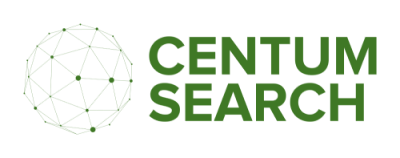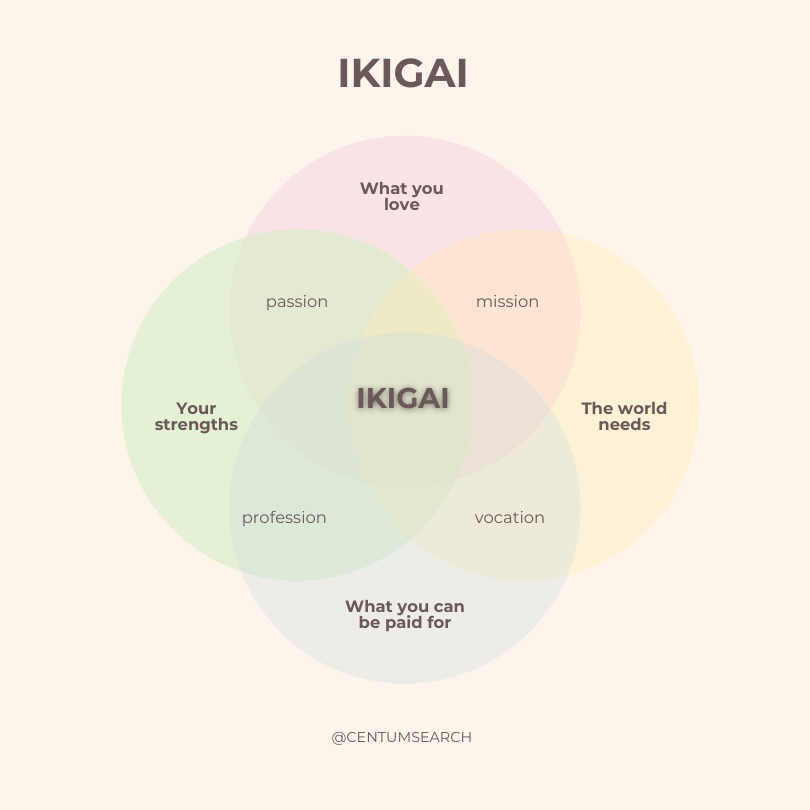How to Have Better 1:1 Meetings with Your Engineering Team
Best Practices for Engineering Leaders and HR: Improve Team Engagement, Communication, and Retention with More Effective One-on-One Meetings

Why 1:1 Meetings Matter
Have you ever left a 1:1 meeting feeling like it was just another status update rather than a meaningful conversation?
Effective 1:1 meetings are one of the most powerful tools for engineering leaders and HR professionals to build trust, address concerns, and improve team performance. When done right, they foster open communication, increase employee engagement, and lead to better retention of top engineering talent.
Research supports the importance of structured and engaging 1:1 meetings. According to Harvard Business Review (HBR), regular one-on-one meetings improve employee satisfaction and reduce turnover by up to 30% (HBR, 2021).
Additionally, a study by Gallup found that employees who have weekly check-ins with their managers are three times more likely to be engaged at work (Gallup, 2022).
However, many managers fall into common pitfalls—making 1:1s too status-driven, unstructured, or even skipping them altogether. If you want to get the most out of your 1:1s, follow these one-on-one meeting best practices.
One-on-One Meeting Best Practices
1. Create a Clear Structure
A good 1:1 meeting should have a repeatable structure while allowing for flexibility. Consider dividing your meetings into these three sections:
- Personal Check-in: Start with a brief, casual conversation. Ask about their well-being, interests, or challenges outside of work.
- Work Progress & Challenges: Discuss ongoing projects, roadblocks, and team dynamics.
- Career Growth & Feedback: Provide feedback, discuss career development, and ask about their long-term goals.
Using a consistent format ensures that every 1:1 is productive and meaningful. Leadership communication during these meetings is crucial for establishing rapport and ensuring employees feel heard.
2. Let Your Engineers Drive the Agenda
While you may have specific topics to cover, encourage your engineers to bring their own talking points. This empowers them to raise concerns, share feedback, and discuss what’s most important to them.
Before each meeting, ask:
- “What topics would you like to discuss?”
- “Are there any blockers preventing you from doing your best work?”
- “How can I support your growth?”
This approach shifts the focus from a manager-driven meeting to a collaborative conversation. Employee development discussions are a key part of ensuring engineers feel engaged and valued.
3. Ask Better Questions
To go beyond surface-level updates, use open-ended questions that spark deeper discussion. Examples:
- Work Experience: “What’s something that energized or frustrated you this week?”
- Feedback: “What’s one thing I could do differently to better support you?”
- Career Growth: “What skills are you excited to develop next?”
These questions encourage engineers to reflect, share insights, and build a more transparent relationship with you.
4. Follow Up and Take Action
1:1s lose their value if discussions don’t lead to meaningful action. After each meeting:
- Summarize key takeaways.
- Follow up on commitments (e.g., resources, feedback, mentorship opportunities).
- Track progress on goals discussed in previous meetings.
Using a lightweight tool (like a shared doc) to track 1:1 notes can help you stay accountable. Performance review techniques can also be integrated into 1:1 meetings to ensure that employees are receiving continuous feedback rather than waiting for annual reviews.
For example, a VP of Engineering at a SaaS startup implemented a structured follow-up process using a shared document. Within three months, their team reported a 20% increase in clarity on priorities and reduced project bottlenecks.
5. Adapt Based on Individual Needs
Not every engineer will want the same type of 1:1. Some prefer structured check-ins, while others value more open-ended conversations. Tailor your approach based on each engineer’s communication style and personality.
For example:
- New hires may need more frequent check-ins to ensure they’re integrating well.
- Experienced engineers may prefer a focus on growth opportunities and strategy discussions.
- Introverted employees may need more written prompts before meetings to feel prepared.
In conclusion, better 1:1 meetings lead to more engaged engineers, stronger teams, and higher retention. By structuring meetings effectively, empowering your team to drive discussions, asking better questions, and following up on action items, you’ll turn 1:1s into one of your most powerful leadership tools.
Furthermore, McKinsey & Company emphasizes that effective leadership communication in these meetings can enhance psychological safety and innovation within engineering teams (McKinsey, 2023).
By implementing these one-on-one meeting best practices, you’ll not only improve team morale but also create a culture where engineers feel valued and supported—leading to better hiring and retention outcomes. Ensuring a structured approach that integrates leadership communication and employee development discussions will set your team up for long-term success.
References
Gallup. "The Relationship Between Engagement at Work and Organizational Outcomes." Gallup Workplace, 2022, https://www.gallup.com/workplace/321965/employee-engagement.aspx.
Harvard Business Review. "The Key to Inclusive Leadership." Harvard Business Review, 2021, https://hbr.org/2021/03/the-key-to-inclusive-leadership.
McKinsey & Company. "Psychological Safety and the Critical Role of Leadership." McKinsey & Company Insights, 2023, https://www.mckinsey.com/business-functions/organization/our-insights/psychological-safety-and-the-critical-role-of-leadership.
Subscribe to our newsletter!
We will get back to you as soon as possible.
Please try again later.
Resources for Careers, Talent Acquisition and Management

a b c d e f g h i j k l m n o - Do not remove from template!!! it is important to support different fonts
Questions?
Contact Us
Thank you for contacting us!
We will get back to you as soon as possible!
Oops, there was an error sending your message.
Please try again later.


